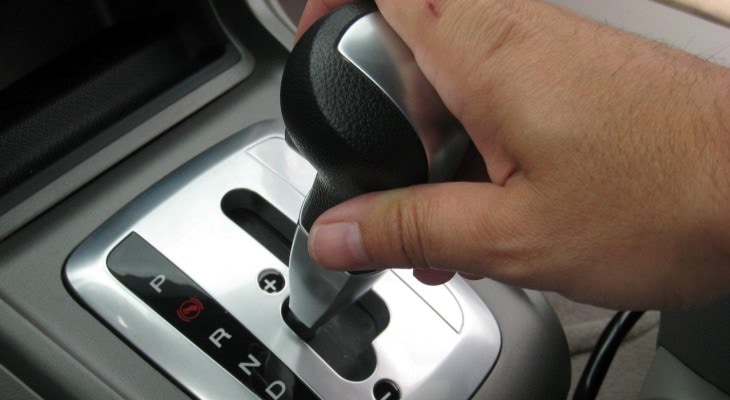Neutral dropout is when your automatic transmission drops into neutral and pressing the accelerator only revs the engine, rather than moving the car. This is a serious safety risk for obvious reasons. You don’t want your car stopping abruptly in the middle of busy traffic while you’re driving.
Neutral dropout can be a scary thing to have happen to you! There are several reasons your automatic transmission might slip into neutral by accident.
Neutral dropout can be fixed by checking your transmission fluid, transmission bands, worn-out gears, and solenoids (electrical valves that control transmission fluid). Neutral dropout can also be a sign of transmission failure, so it is essential to get your transmission checked out if you are experiencing neutral dropout.
This article will go into detail about all of these possibilities so that you can find a solution for your issue.
Table of Contents
Transmission Fluid Problems

Possible transmission fluid problems include:
- Low transmission fluid – Low transmission fluid can cause a number of problems, including neutral dropout, overheating, and transmission damage. If you check your transmission fluid levels and they are low, simply take your car in to have your transmission fluid refilled or refill it yourself.
- Transmission fluid leak – Low transmission fluid is often caused by a transmission fluid leak. In this case, you’ll need to take your car to a mechanic and ask them to find where the leak is and repair it. Leaks can appear around gaskets, fluid lines, the torque converter, and your transmission fluid pan.
- Old or burnt transmission fluid – If you haven’t had your transmission fluid changed in a while, it might be time to have it done. If your transmission fluid is a dark color or has particles in it, it is definitely time for a transmission fluid change.
Transmission Band Problems
If you check your transmission fluid and everything seems to be in order, the next step is to have your transmission bands checked. Transmission bands are metal pieces that link the gears together in your transmission. If they break or wear out, it can cause the gear to slip.
If you find problems with your transmission fluid, you should also have your transmission bands checked. Transmission fluid concerns can lead to overheating, which can damage your transmission bands and lead to slipping. If changing your transmission fluid does not help, check your transmission bands as well.
Gear Problems

If your transmission bands and transmission fluids are all in order, the next step is to check your gears. If your vehicle has high mileage or has had transmission fluid problems that lead to overheating, it is possible that your gears are worn and not working properly.
If you are hearing any grinding or bumping noises when you drive, it is likely that you are having gear difficulties. Bring your car to a mechanic and describe the issues and ask them to check your gears.
Solenoid Problems
Solenoid issues are another possible reason for neutral dropout. Solenoids are tiny electro-hydraulic valves that open and close to control the way fluid flows through your transmission.
If these valves are not operating properly, it can cause neutral dropout. If your fluid, bands, and gears are all in order, you should get your solenoids checked.
Transmission Failure

If your transmission fails while driving, you will no longer be able to accelerate. This can be dangerous, especially at high speeds, but as long as your brakes are working you will probably be okay.
However, we want to avoid transmission failure at all costs because repairing a failed transmission is extremely expensive and can sometimes even require replacing the transmission.
In Conclusion
Potential transmission failure is the reason that it is so important to keep your fluid, bands, gears, and solenoids working properly. If your car is exhibiting signs of neutral dropout, immediately check your transmission fluid levels and quality.
If your transmission fluid looks good, you need to get your bands, gears, and solenoids checked. Any transmission issue can lead to overheating and damage, potentially causing transmission failure.
It is important to take neutral dropout seriously in order to prevent accidents and transmission failure.


When I shift my 08 ford escape in neutral it’s still in drive and when I put it in reverse it’s in drive
My 2012 650i went into neutral while I was driving,now it won’t shift out of park.